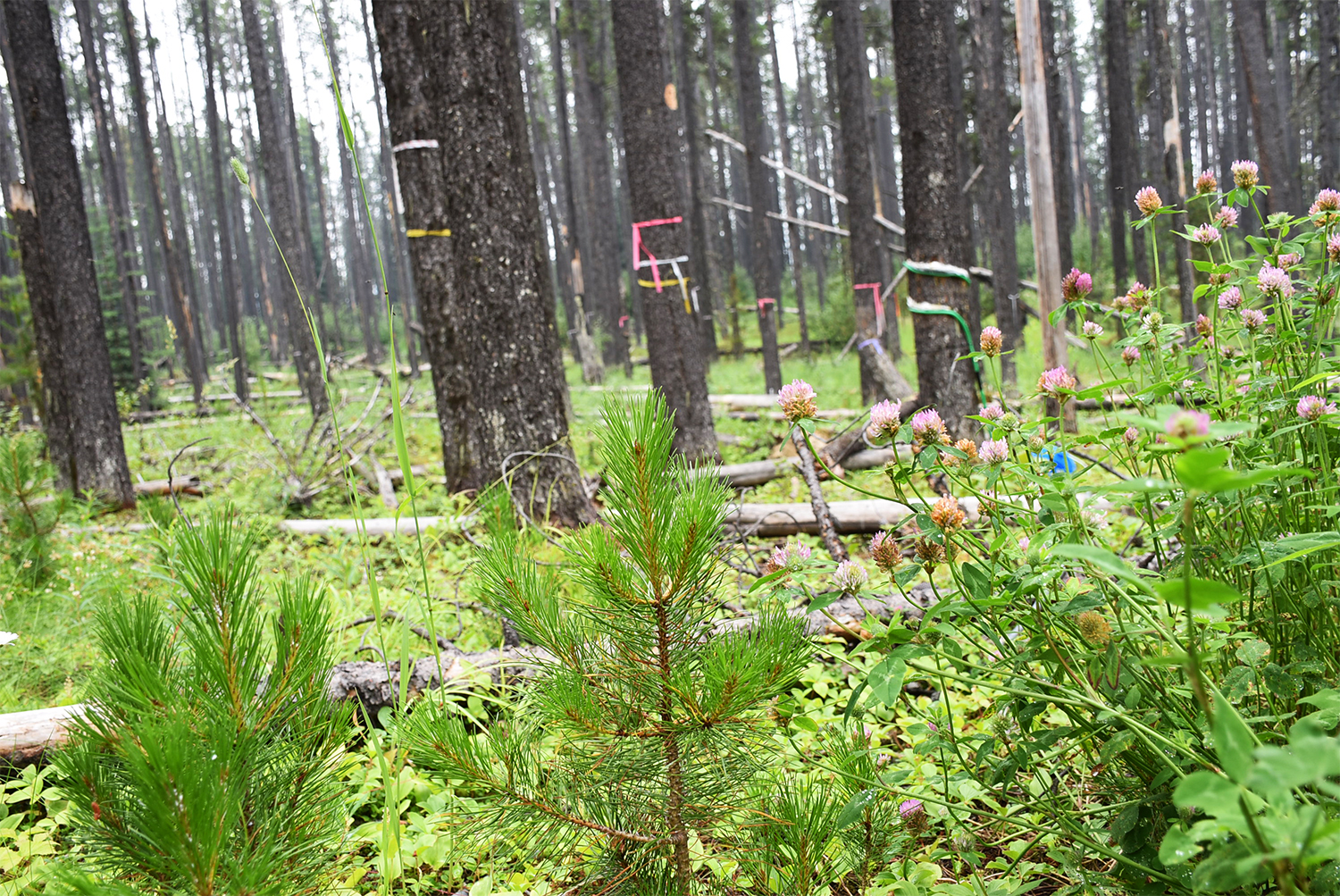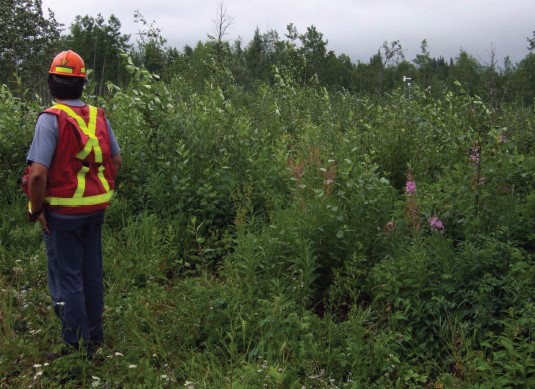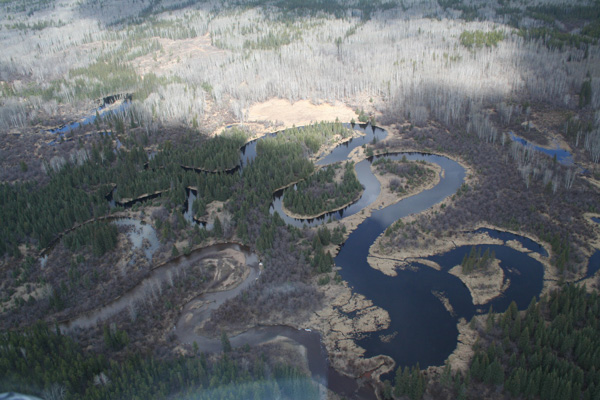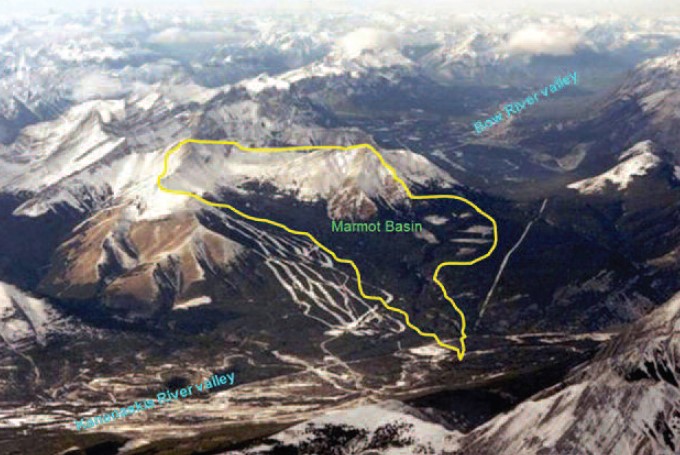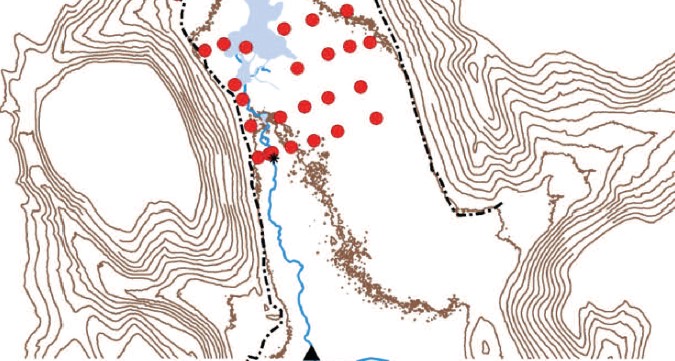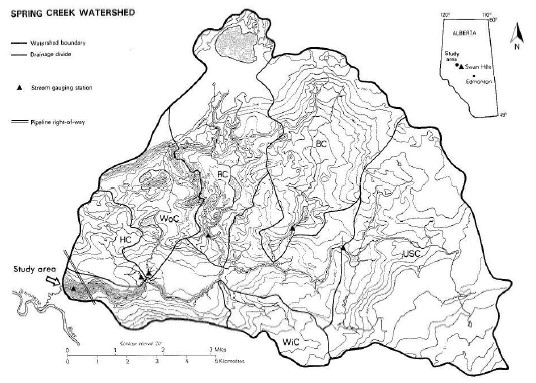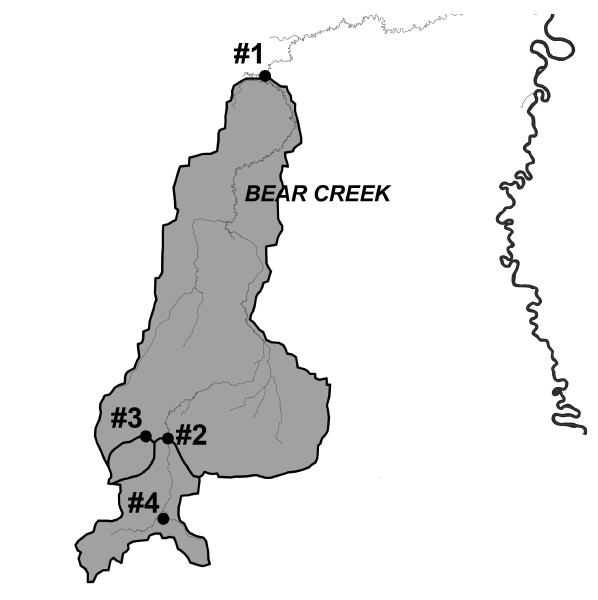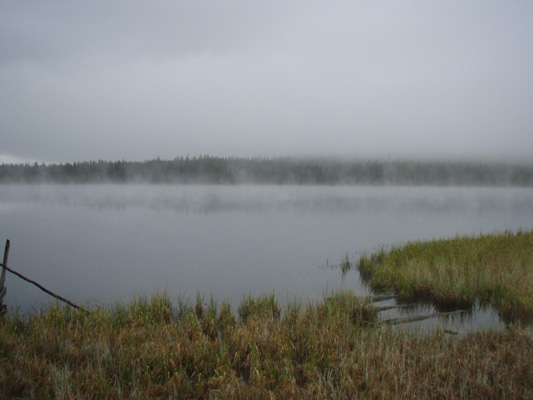Abstract
Tri-Creeks Experimental Watershed was initiated to compare the effects of logging and riparian buffers in three subbasins (Wampus, Deerlick, and Eunice Creeks) and to evaluate the effectiveness of timber harvesting ground rules in protecting fisheries and water resources. The watershed study was terminated in 1985 shortly after the harvest. In 2015, the University of Alberta re-established groundwater monitoring, hydrometric, and meteorological stations in Tri-Creeks Experimental watershed. Future research will utilize the 20-year historic data set and current data to study the the effect of forest cover change on the streamflow regime and fish populations. The objective of this paper is to summarize the novel results and available data from 1965–1987 for the Tri-Creeks Experimental Watershed.
Find the full article here.
Contact the Water Program for a copy of the paper.
Citation
The Forestry Chronicle, 2016, 92(1): 53-56, 10.5558/tfc2016-016







